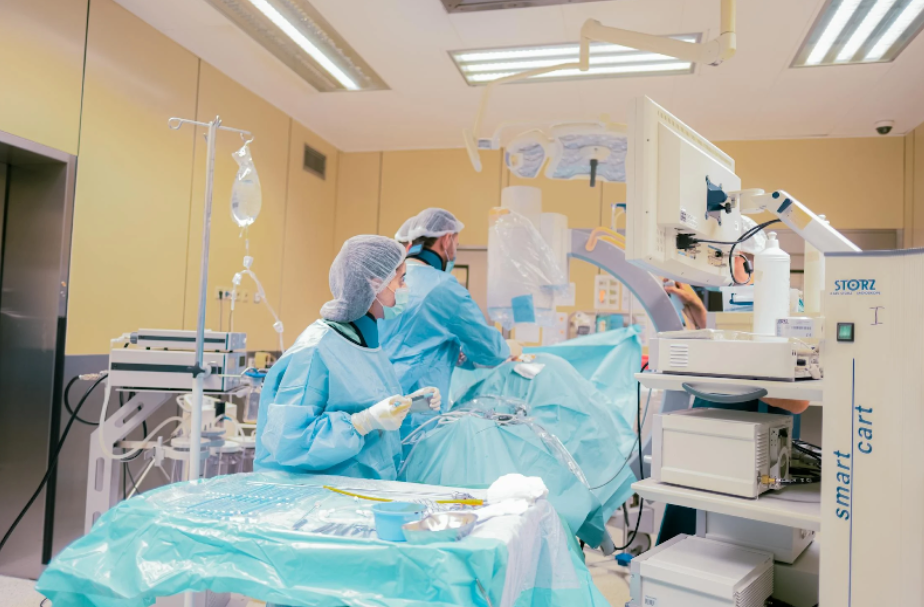Although surgical results are frequently ascribed to a surgeon’s ability, technical developments, and procedural precision, one important factor is often overlooked: ergonomics. The surgical team’s effectiveness in high-stress settings like the operating room depends significantly on their physical comfort and efficiency. Tools made with ergonomic factors can help lower weariness, avoid injury, and improve accuracy when long hours and fine motor control are needed. This concealed element is increasingly becoming crucial for developing surgical tools and their integration into clinical practice.
The self-retaining retractor, a device that improves visibility and lowers the need for continuous manual intervention, vividly illustrates how ergonomics influence surgical innovation. Traditional retractors called for an assistant to maintain instrument placement for long periods, which caused physical stress and less-than-ideal alignment. In contrast, self-retaining mechanisms lock into position and maintain retraction without continuous physical input. This hands-free capability lets the lead surgeon operate without pauses or misalignment, improving comfort for the whole surgical team and enabling more accurate and efficient operations.
Comfort as a clinical priority
Prioritising ergonomics in surgical environments helps improve several areas outside the physical health of personnel. Surgery becomes more predictable, processes are simplified, and cognitive strain is lowered. Continually removing the need to adapt or compensate for uncomfortable equipment helps the surgical team remain focused on the present work. Self-retaining retractors reflect this idea since they offer a constant field of exposure, reducing distraction and helping stable focus, particularly during protracted or complex procedures.
Ergonomic instruments also help to reduce mistakes and problems. Research has indicated that musculoskeletal tiredness in surgeons and assistants might result in reduced control, especially during sensitive operations. By adjusting the operator’s posture and hand positioning, ergonomic tools can raise procedural stability and lower the probability of errors. These benefits are especially important in laparoscopic, spinal, and vascular operations since the margin for error is minimal.
Surgical innovation using human-centred design
In recent times, surgical equipment design has significantly turned towards human-centred design. The goal is more than just making lighter equipment; it is about knowing the operating room workflow, the natural movement of the human body, and the cognitive load felt by surgical teams. Ergonomically designed products now include smart grips, modular parts, and flexible designs for various body types and tastes.
Surgeons’ comments have been critical in honing these instruments. Through clinical trials, prototypes, and iterative testing, design teams can obtain real-time data to improve instrument usability. The outcome is often a more pleasant experience for surgeons, better safety, and faster patient recovery. Ergonomics thus bridges engineering and medicine by matching form with function.
Engineering for success
Thoughtful, ergonomic design and improved robotics or imaging will help shape surgery going forward. Tools like the self-retaining retractor show how lowering strain and enhancing comfort may affect surgical outcomes. As innovation continues, supporting surgical excellence will always depend on including ergonomics at the heart of surgical tool design. Designing for the surgeon ultimately leads us to design for the patient.






